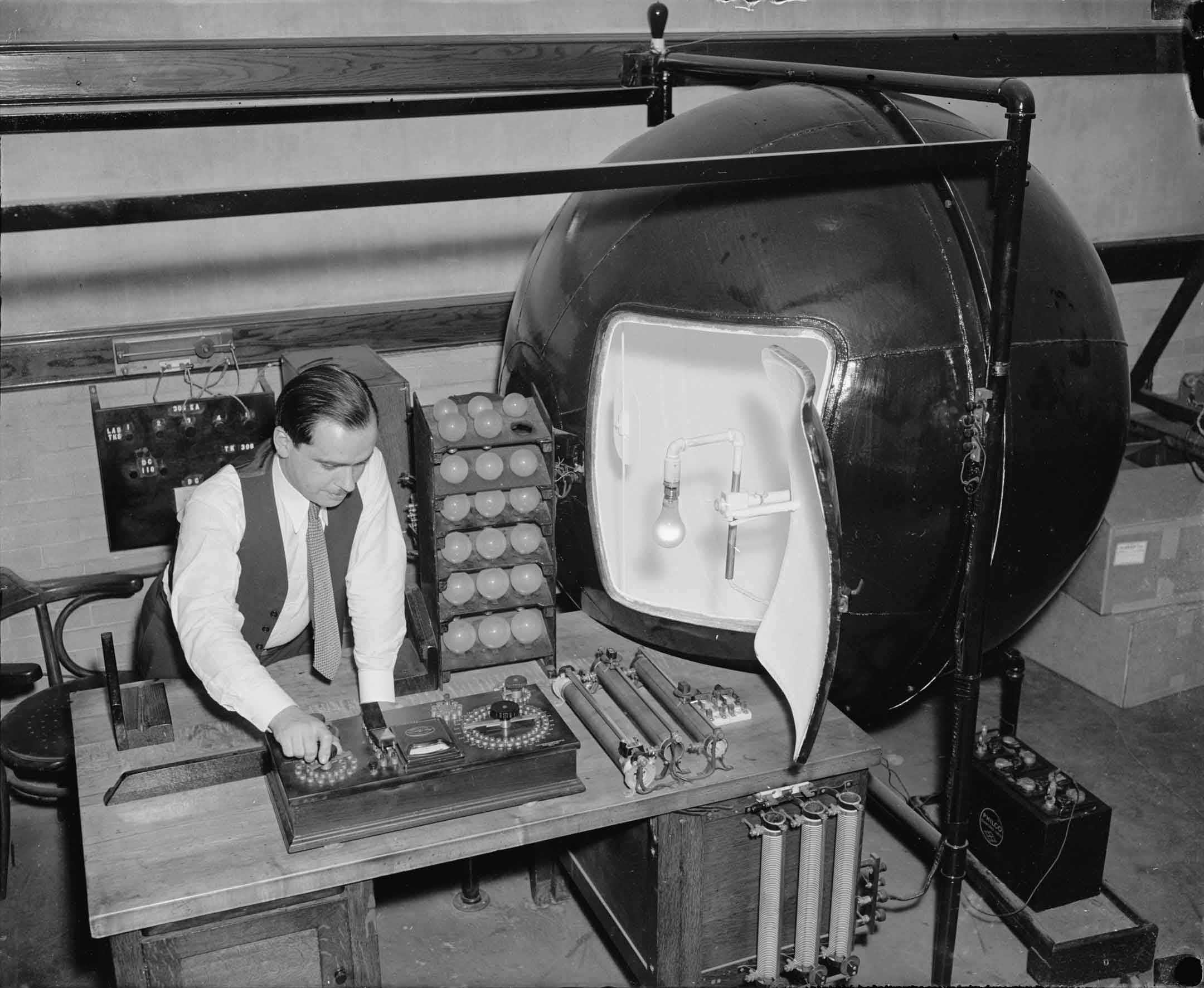Commercial Electric Light Bulb Invented

Thomas Edison overcame the obstacle to finding a light bulb that would burn long enough to become commercially viable by developing of a bulb based on carbonized cotton. The invention of the light bulb began the electrical revolution that soon swept the country and the world.
Developing a commercial light bulb was the holy grail for inventors during much of the 19th century. Humphry Davy invented the first electric light in 1802. He produced a battery and then connected carbon to the battery making glow and thus creating light. His invention was called an arc light, but it had no commercial uses. in 1840, British scientist Warren de la Rue put a coiled platinum filament in a vacuum tube and passed an electric current through it. The design worked but the high cost of platinum made it an impractical invention. Canadian inventors Henry Woodward and Mathew Evans patented a light with a carbon filaments held between electrodes in glass filled with Nitrogen. They were not successful in commercializing the product.
In 1878 Thomas Edison began trying to invent a commercial viable light bulb. In October 1878 he filed his first patent for the “improvement of an electric light bulb. A year later he filed an additional patent to create a carbon filament using "cotton and linen thread, wood splints, papers coiled in various ways”. Soon after Edison and his assistance discovered that a carbonized bamboo filament would last 1,200 hours. This made a commercial light bulb feasible and began the era of electric light.
 >
>